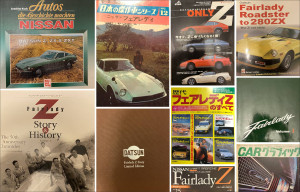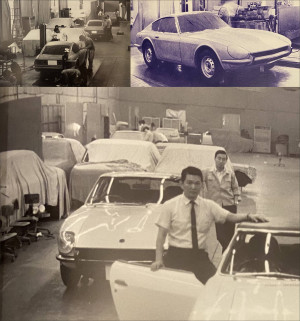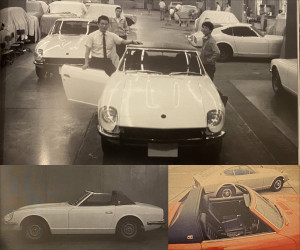Once you've fallen fully under the charm of the S30, it's usually quite easy to wonder how such a beautiful car can still be so timelessly beautiful after more than 50 years.
To understand this, I would like to take you on a journey full of amazing design directions, ideas and insights that were pursued during the development and design of the S30, known as the Nissan Fairlady Z in Japan and the Datsun 240 Z outside Japan.
What designs were made at Nissan, and what did these designs look like in the end? That's what this is all about.
The pictures shown here are taken from various books, newspapers and other publications. No book has ever shown all the relevant photos and some well-known publications have simply omitted some chapters.
For example, the "Fairlady Volume I" book by Neko, which is considered one of the great Japanese works, shows the timetable of the various plans without the so-called Plan D and E.
German books such as "Autos die Geschichte machten - Nissan" by Joachim Kuch, on the other hand, very purposely only deal with designs that give a very strong hint of the finished car.
And even in the much-praised "Fairlady Roadster to 280ZX" by Brian Long, you can only guess at the variety of individual steps.
Only the Japanese "Fairlady Z - Story and History" delves a little deeper into the subject, but also leaves out a few things that can be seen in the "Fairlady Z Story - Limited Edition", which is also Japanese.
However, the best source on the subject at this point is clearly the February issue of CAR Graphic, published in Japan in 1970, from which most of the images are taken.


 Florian Steinl
Florian Steinl 


































